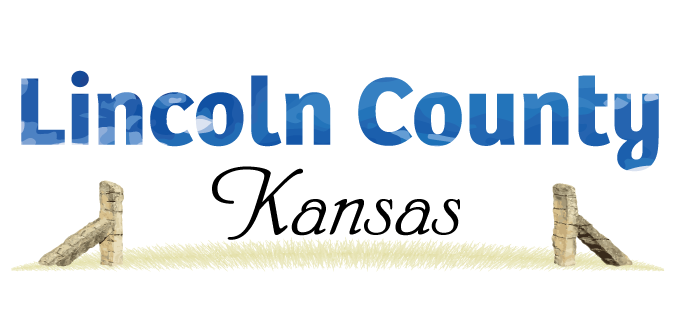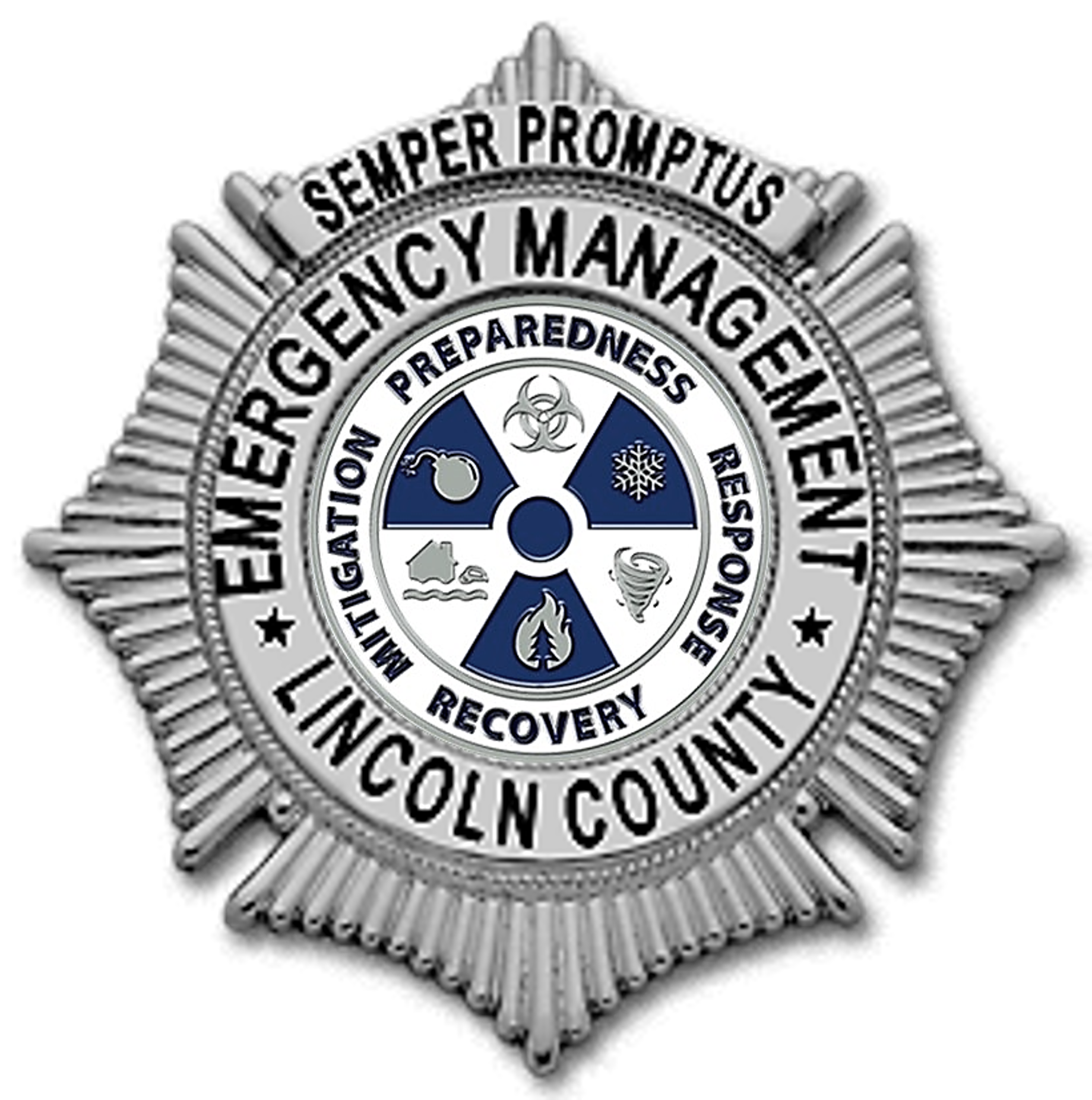
The Community Emergency Response Team (CERT) Program educates people about disaster preparedness for hazards that may impact their area and trains them in basic disaster response skills, such as fire safety, light search and rescue, team organization, and disaster medical operations. Using the training learned in the classroom and during exercises, CERT members can assist others in their neighborhood or workplace following an event when professional responders are not immediately available to help. CERT members also are encouraged to support emergency response agencies by taking a more active role in emergency preparedness projects in their community.
**At this time, the Lincoln County CERT program is undergoing administrative updates and will begin a new CERT Basic Training program in early 2023.
CERT- Local Contact Information:
Emergency Manager - Jesse Knight
Phone: (785) 524-5005
This email address is being protected from spambots. You need JavaScript enabled to view it.
What is CERT?
After a disaster, first responders and other government service providers are overwhelmed. Public services cannot be delivered everywhere that help is needed. Experience has shown that in a disaster setting ordinary citizens make over 80% of successful rescues as they respond to the emergency in their community. However, many untrained volunteer rescuers may actually cause harm or become injured in the process.
A Community Emergency Response Team is a ready force of organized and trained volunteer disaster workers that operates at the neighborhood level. They are prepared to be self-sustaining for three days following a large disaster.
When disaster strikes, CERT volunteers spring into action: they check on neighbors, suppress small fires, conduct light urban search and rescue, and provide emergency medical aid and psychological comfort to their neighbors.
In the post-disaster environment, CERT members organize and direct spontaneous volunteers who offer to assist in the community during the crisis. CERTs may also be called upon to help in other areas during emergencies even when their own neighborhood is not impacted.
The CERT Program prepares these volunteers with 20 hours of classroom and hands-on training. The training is provided by volunteer "subject matter" experts such as firefighters, EMTs, and building safety personnel.
State of Kansas maintains a list of state-approved CERT Trainers. Classes are offered by various agencies throughout the State of Kansas. It is best to go through the CERT program as a neighborhood team. You can educate yourself and your neighbors about disaster preparedness prior to the course. Then see if you can get friends from school, church, or other neighborhood groups to join you in class as a team!
CERT Curriculum
Unit 1: Disaster Preparedness
Instructs team members how to prepare themselves and their neighborhoods for the hazards that may occur in their area.
- Describe the types of hazards that are most likely to affect your home and community.
- Describe the functions of CERTs and their role in immediate response.
- Identify steps to prepare yourself for a disaster.
Unit 2: Disaster Fire Suppression
Members will learn how to use a fire extinguisher and other equipment to suppress small fires.
- Identify and reduce potential fire hazards in your home or workplace.
- While working as a team, apply basic fire suppression strategies, resources, and safety measures to extinguish a burning liquid.
Unit 3: Disaster Medical Operations Part 1
Teaches members how to conduct triage, establish medical treatment areas and provide basic first aid for victims.
- Identify the "killers."
- Apply techniques for opening airways, controlling bleeding, and treating for shock.
- Conduct triage under simulated disaster conditions.
Unit 4: Disaster Medical Operations Part 2
- Perform head-to-toe patient assessments.
- Select and set up a treatment area.
- Employ appropriate care for wounds. Identify and treat fractures, sprains, and strains.
- Take appropriate measures to maintain the public health.
Unit 5: Light Search and Rescue Operations
Team members will learn light search and rescue planning, techniques and rescuer safety.
- Identify planning and size-up requirements for potential search and rescue situations.
- Describe the most common techniques for searching a structure.
- While working as a team, use safe techniques for debris removal and victim extrication.
- Describe ways to protect rescuers during search and rescue.
Unit 6: Disaster Psychology/Team Organization
Addresses organization and management principles necessary for a CERT to operate successfully. Covers critical incident stress for victims as well as workers.
- Describe the post-disaster emotional environment.
- Identify the steps that rescuers can take to relieve their own stress and that of disaster survivors.
- Describe CERT organization and documentation requirements.
Unit 7: Terrorism
- Learn what you need to know about Biological, Nuclear, Incinerary, Chemical and Explosive materials in your community. How could these affect you and what things to look for.
Unit 8: Disaster Exercise
- In a mock disaster setting with hazards and victims, operate as a team to apply the skills and knowledge learned.


